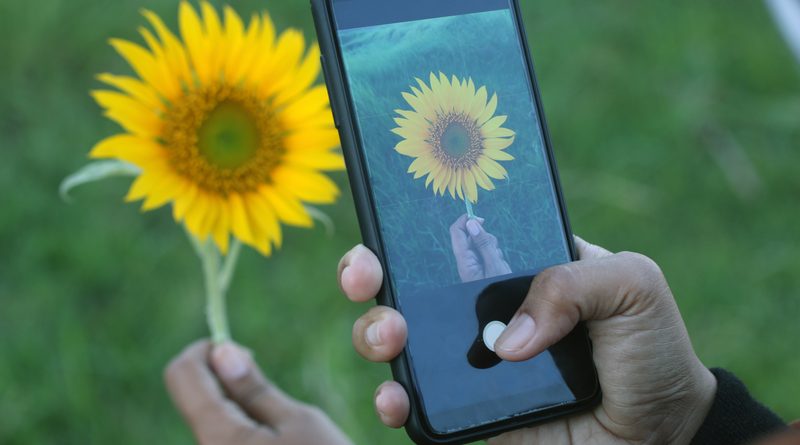How to Take Your Wildlife Photography to a Whole New Level
The field of photography has opened up tremendously to amateur photographers in the past few years, primarily because of Instagram. But if you want to be a high-level wildlife photographer, you need to know how to use more than a couple of filters. Here are a few tips.
Get a Macro Lens
If you want to open up the natural world to your photography, you’ve got to get a macro lens for your camera. A macro lens is essentially a lens that will allow you to take photos of extremely small subjects – capturing insects, wood grain, and other such details like a professional. There are many different kinds of macro lenses depending on the camera, so be sure to research the kind that is best for your camera type. Usually, they will need a magnification ratio of 1:1, 2:1, 3:1, or more, to be considered a macro lens. Thus, you will be able to bend down wherever you are and capture the microscopic splashes of beauty on the ground.
Get an Underwater Camera
This is especially an ideal alternative if you live near any beaches, rivers, streams, creeks, lakes, or other such bodies of water where you can explore. Depending on your state, you might find the bodies of water to be polluted, or uninteresting at first glance – until your underwater camera helps you look a little deeper. Even if you are sure that there are no nearby bodies of water that can offer you interesting material, having an underwater camera means that options will improve vastly for you when you travel. Make sure the model you get is made for the kind of depth you’ll be photographing at. You should always be aware of your surroundings when sharing space with underwater life.
Understand Outdoor Light
Lighting is one of the basic essentials of photography. Indoors, you have complete control over what it can do. You can use light ring stands for mobile phones, floodlights, and reflectors to create a well-lit and professional environment. Mother nature – on the other hand – is rarely so generous. Taking a photo at midday versus taking it at dawn, dusk, or nighttime will mean wildly different results. Educate yourself as necessary to understand how, where, and what settings your camera will need – and that will be the ultimate and final touch.
Wildlife photography is a little bit of a dying art amidst a tidal wave of models and influencers. Always be looking for opportunities to expand and take advantage of your circumstances. You don’t have to be on the other side of the world to find the exotic – you just have to look closer.
Check out this article on how to prepare for a summer family beach trip!
